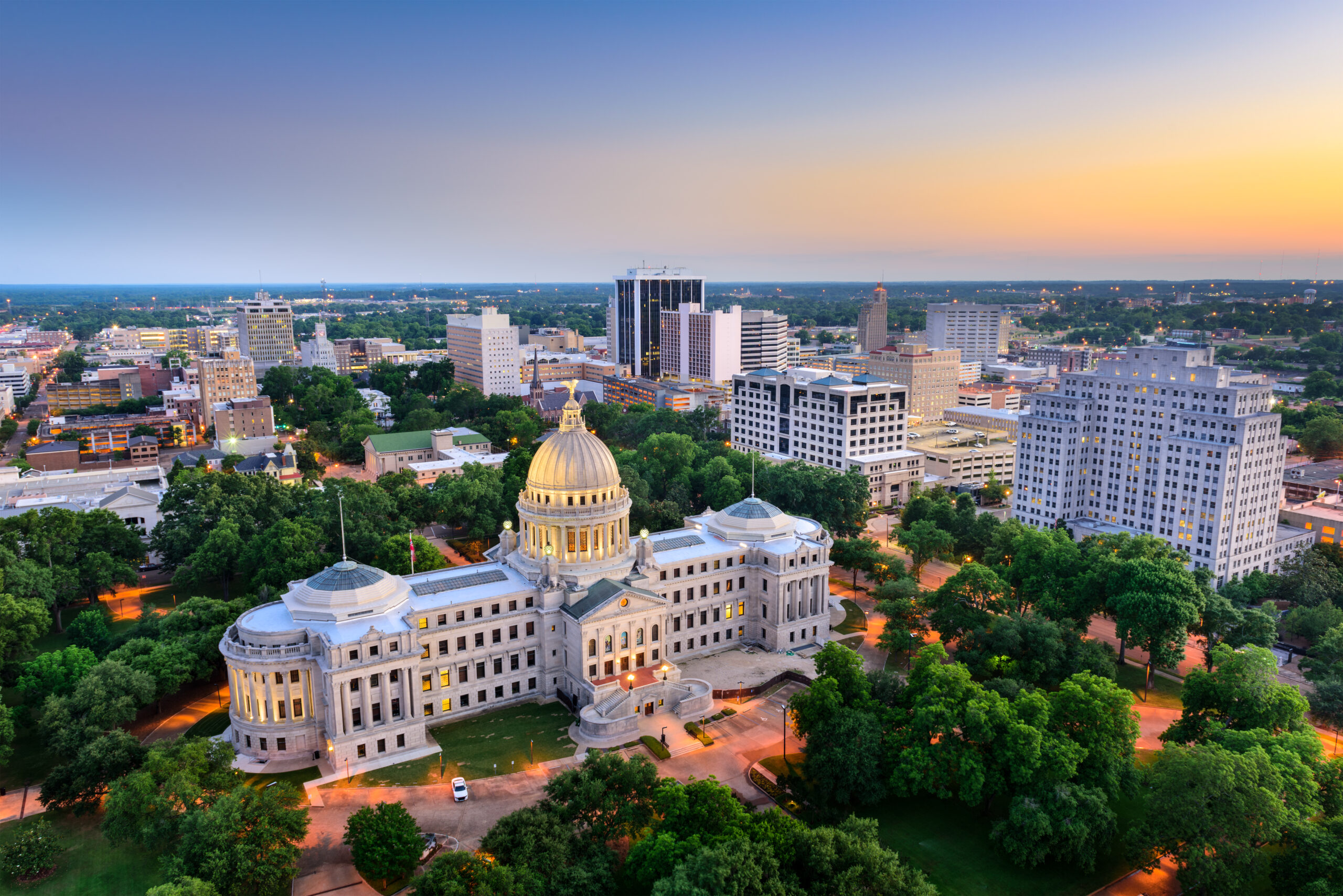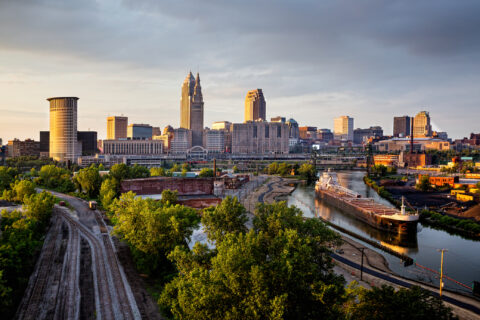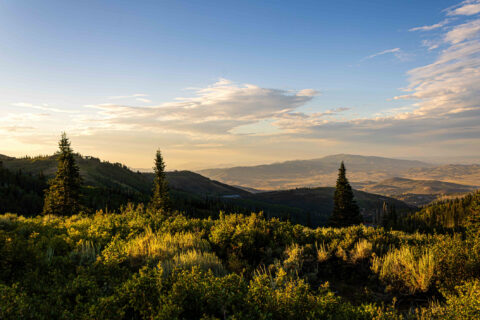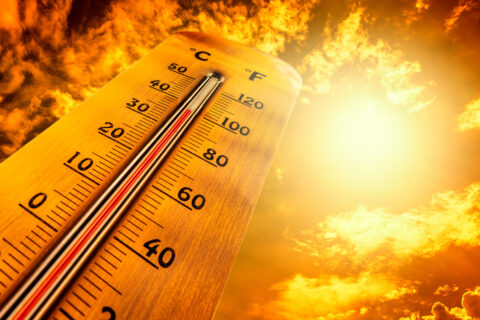Early in 2020, the city of Jackson received a Leadership in Community Resilience grant from NLC to design and activate its Heat Preparedness Plan. Through a series of targeted interviews, surveys, and focus groups with frontline residents, the team set out to better understand how Jackson’s most at-risk residents perceive the dangers of extreme heat, and how they typically prepare for these often-life-threatening events.
Although it is now winter across much of the US and the worst of the summer heat has subsided, it is easy to forget that 2020 was a record-breaking year for extreme heat (again):
- August was the warmest summer on record for the Northern Hemisphere
- November was the hottest month on record for the planet
- Cities such as Phoenix, Naples, Harrisburg, Burlington, Providence, Charlottesville, Tampa, and Sarasota experienced the hottest summer on record
A chilling report released last year details the interconnectivity between climate change, health, income, and well-being in the US, revealing that in 2019, heatwaves were responsible for 2 billion hours of lost labor, and an estimated $45 billion in lost earnings in 2015. And in 2018, a record 19,000 Americans died of heat-related causes. Extreme heat increases our exposure to wildfire risk, air pollution, and is largely responsible for an overall decline in US air quality since 2016.
Extreme heat does not receive the same headlines that floods and hurricanes do, yet it has led to more deaths in the US than any other type of climate-related event. The Jackson team has long recognized that extreme heat is not “an equal opportunity” threat, in that it disproportionately impacts young children and the elderly, as well as socially isolated individuals, residents with chronic health conditions, and communities of color in historically disinvested areas. Children and the elderly are less able to regulate their body temperature, while less-resourced residents may not have air conditioning or the means to access one of the city’s many cooling centers.
Southeastern states are particularly vulnerable to dangerous periods of sustained high heat, and are projected to endure the equivalent of five months per year when the “real feel” temperature is over 100 degrees. In Jackson, the NOAA/Esri tool estimates that the city and Hinds County currently experience around 47 days per year with temperatures above 95oF. By 2030, that number will rise to 58 or more—plus humidity.
Despite the sheer force and stress the pandemic has placed on local governments, Jackson has steadily advanced its heat mitigation goals, determined that the Covid-19 pandemic should not deter critical climate, health, and equity projects. The team, led by Jackson’s now former Chief Administrative Officer, Dr. Robert Blaine (Marlin King will replace him as the city’s project lead), Dr. Dominika Parry of 2C Mississippi, and Dr. Alan Penman, also with 2C Mississippi (and a public health physician and epidemiologist at University of Mississippi Medical Center), then received another grant from NOAA and CAPA Strategies to map their urban heat islands and identify which neighborhoods to focus future interventions on.
In many cities, areas that were redlined between 1930-1968 (when the practice was banned) tend to be located near highways, industrial areas with fewer trees and parks, and more concrete. In a recent study of 108 urban areas in the US, researchers exposed significant differences between formerly redlined areas relative to neighboring, non-redlined areas, with more pronounced disparities in southeastern and western cities. These policies have ultimately led to poorer health outcomes for lower-income, residents of color in cities such as Richmond, VA; Baltimore, Dallas, Denver, Miami, Portland, OR; and New York, where lower-income neighborhoods can be up to 20 degrees hotter than wealthier, whiter areas.
See Your City’s Heat Exposure
Check your own city’s heat exposure and legacy of redlining
Notably, many of these same cities recognize the damage that poor planning and redlining have inflicted on neighborhoods of color and are refocusing future investments in targeted areas. But for these projects to survive and thrive, residents must be an integral part of the design and planning process and share a sense of ownership.
With two wins in their pocket, and inspired by case studies from Barcelona, Cuba, and Japan, the Jackson team went on to garner a grant from the Robert Wood Johnson Foundation, as part of a $3 million initiative to bring the most impactful ideas from abroad to address the intertwined issues of health, equity, and climate change in U.S. cities. Using data gathered over the course of 2020, the city of Jackson can now work closely with its frontline neighborhoods to develop a series of design and planning meetings that will ultimately inform the types of interventions the community desires.
To activate this co-creation process, the Jackson team has partnered with One Voice, a local nonprofit that specializes in building alliances to “transcend organizational and racial boundaries.” Together, the city and One Voice will organize planning sessions with and for the community – a process they hope will ensure long-term sustainability of its future parks, green corridors, urban gardens, vertical gardens, and green roofs. These new parks and urban gardens will be community-designed and owned, and most certainly cherished by the communities they serve.
Other grant partners include the National League of Cities (NLC), Portland State University professor and CAPA Strategies Founder, Dr. Vivek Shandas; Dr. Berneece S. Herbert, Department Chair of the Urban and Regional Planning program at Jackson State University; and Kurt Shickman, Executive Director of the Global Cool Cities Alliance (GCCA).
Learn More
Learn more about the “Adapting nature-based solutions from Spain, Cuba, and Japan to address the urban-heat-island-effect in Jackson, MS” project as well as RWJF’s investments in six U.S. cities to foster global learning and mitigate the health impacts of climate change. .







